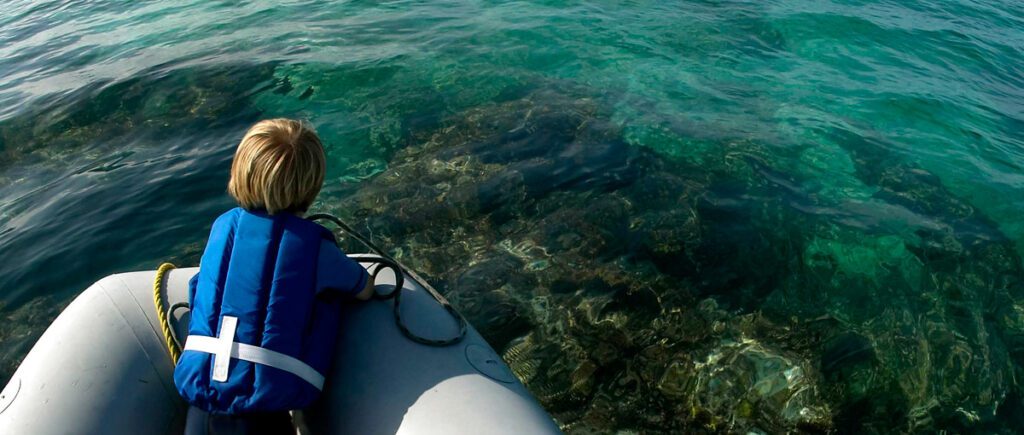5 Ways To Lower Your Boat’s Carbon Footprint
June 14, 2017 | By: Oceana
We have 5 simple things you can do on your boat right now to reduce your boat’s carbon footprint and help combat the effects of climate change. Once you are on the water, your boat’s carbon footprint is primarily the emission of carbon dioxide from burning fuel in your engine(s). So the key to decreasing carbon emissions is to reduce your fuel usage, which will also save you $$$ at the fuel dock.
1. Check the tides and winds.
These factors aren’t just important for folks going out sailing. Motoring against the tide or into strong winds requires more engine power (=more fuel) than cruising with them. Download weather/tide apps on your phone, and try to use them to your advantage.
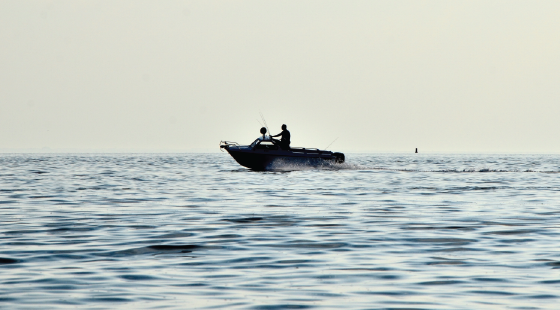
2. Avoid idling your engine.
Charging your batteries, refrigerator or other electrical items by idling is not only bad for the environment, but also for your engine. Consider using dockside power or…
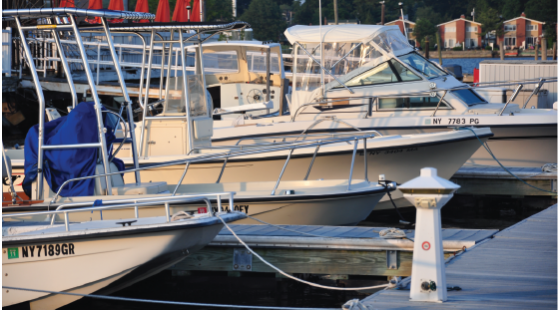
3. Use renewable energy.
There are several types of renewable energy systems you can use including wind generators, solar panels, water generators, or a combination. Some systems can keep your batter fully charged while your boat sits on the trailer, on a mooring or at the dock, or can be used during long journeys while underway.
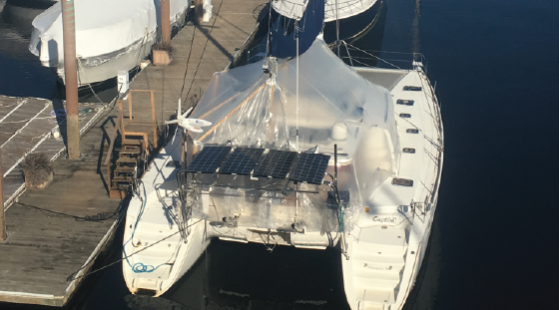
4. Change your fuel type.
Biodiesel (made from seed oils, waste vegetable oil, animal fats or algae) reduces greenhouse gas emissions by 57-86% compared to petroleum diesel. A biodiesel blend burns cleaner with reduced air emissions. Very few modifications are needed before switching to this alternative fuel, but it’s always a good idea to check your engine’s warranty.
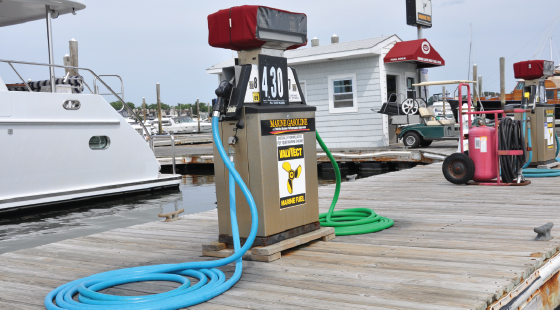
5. Offset your carbon footprint.
Purchasing carbon offsets is one of the ways to compensate for our emissions of carbon dioxide. Check out Segrass Grow – they use seagrass to offset carbon emissions and focus their replanting efforts on areas that have been damaged by boat propellers and anchors.



